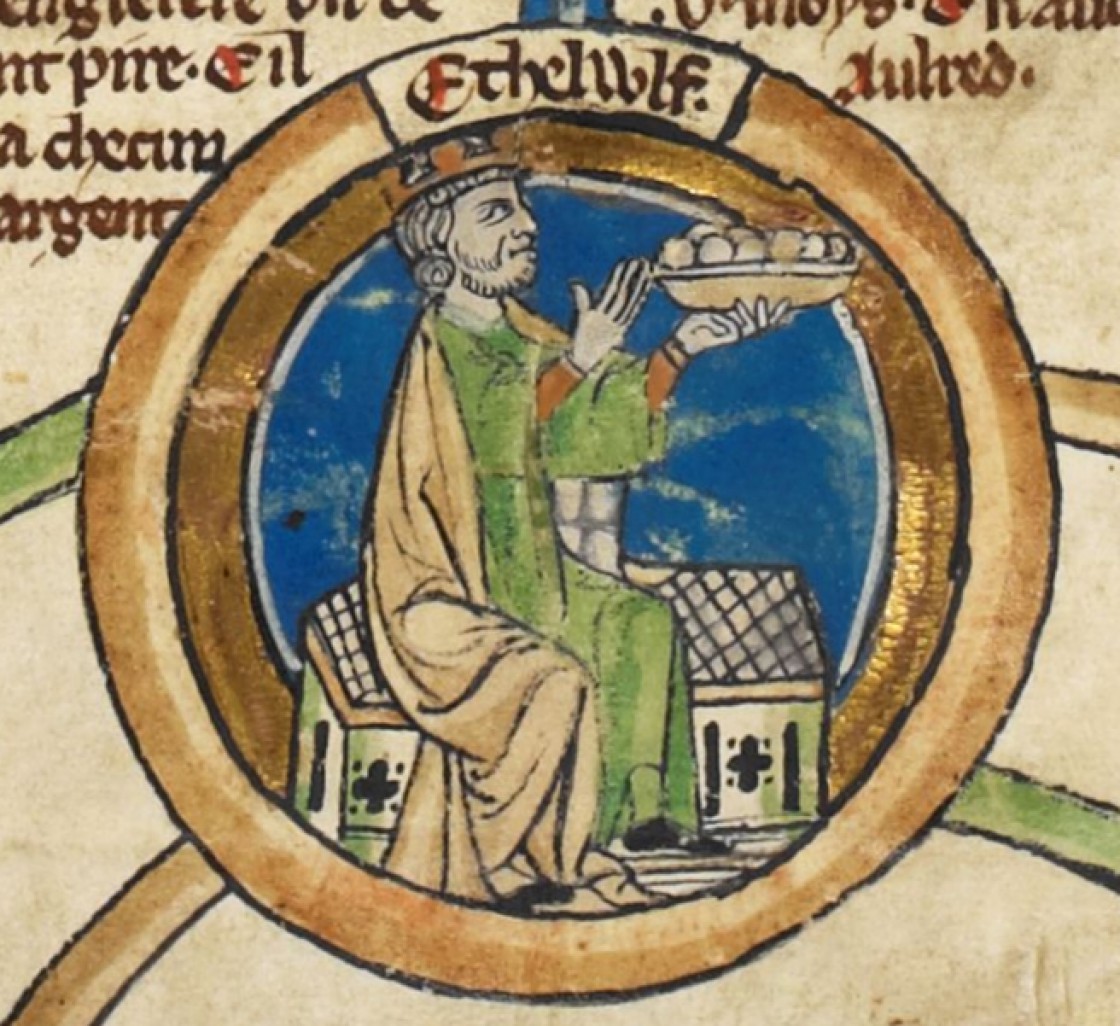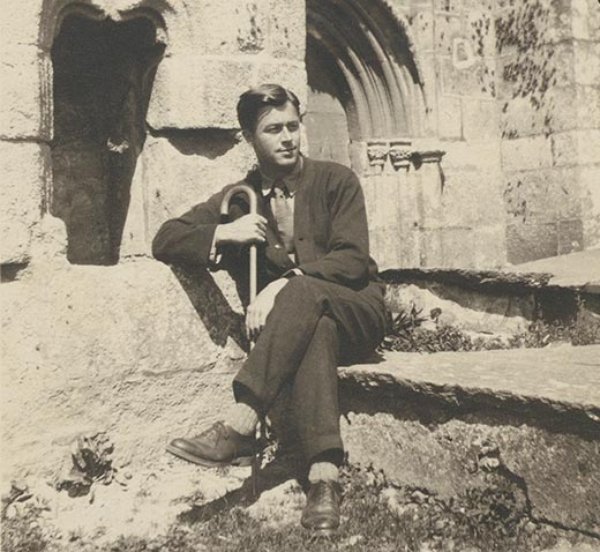George Copeland Ault
(Oct. 1891 – Dec. 30, 1948, 57 years)
Another magnetic peripheral American Modernist painter: a hard life that late throws up a clutch of pearls.
ART
George Ault was a gifted but life-troubled American Modernist painter, “a retiring and misanthropic painter”, who nursed an implacable creative imagination, and who left striking realist landscape / cityscape images from the 1930s and 1940s which may reflect on those hard times but were certainly refracted through his personal difficulties.
He is now rightly hailed for his later night scenes, his four night paintings of Russells’s Corners (1943, 1946, 1946, 1948), four different views of the same intersection, each lit by the one light – all pregnant with heuristic visual possibilities – and one in daytime (1944), to highlight why the night mattered.
Our eye is drawn to the spectral light-fingered (telegraph) wires, the sharp planes (walls of buildings) exposed by the light and floating in the blackness, and the lone light, which might mimic a star, or a life principle, or the moment’s focus.
He was a neo-romantic, disabused of the modern world, his images redolent of unease, disquiet, “psychic distress”, using a quiet Surrealism that might recall (yes) de Chirico, also Dali (like Memories of the Coast of France (1943)).
Superficially he fits with the Precisionists like Charles Sheeler but only in method, sharing a similar of-centre sharp-edged geometric realist painting style.
Ironically his best work came in his final and personally toughest decade, as he wrestled drink and poverty.
And his death was fittingly poetic, slipping into an icy watercourse one night late December, straggling home after another bender. So was it suicide or mishap, who knows, but it fits, embellishes an already inscrutable dark personal story.
LIFE
He was born into a well off family, lived London as a boy, trained in art at the Slade no less (so overlapped with some famous English name?).
But back in the US in 1911 alcohol took hold in the 1920s after his mother died in a mental home, and all three brothers suicided?! Some after the 1929 Crash cruelled the family fortune. His father, who died 1929, was a conventional painter who frowned on his son’s shift to Modernism.
1937 he moved to Woodstock, NY with Louise Jonas, who would become his second wife, and there tried to retrieve something, put his difficulties in the past. They lived a penurious reclusive existence in a small simple rented cottage, and there oddly Ault created some of his finest paintings, but yes had difficulty selling them, though partly because of his “hostile attitude to potential buyers”.
Note: refer Feb./April 2011 exhibition, To Make a World: George Ault and 1940s America, Smithsonian American Art Museum
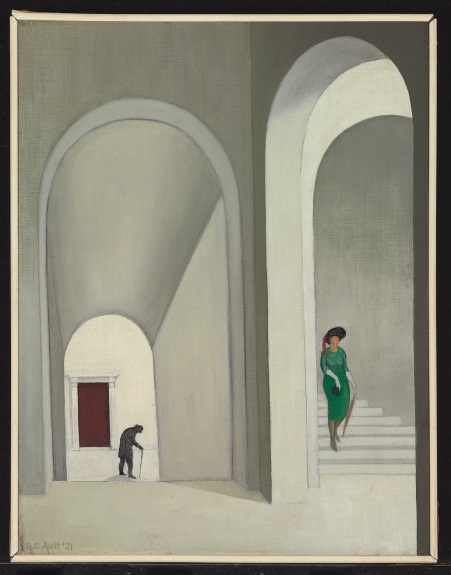
1921 The stairway. COMMENT: Surrealist hint.
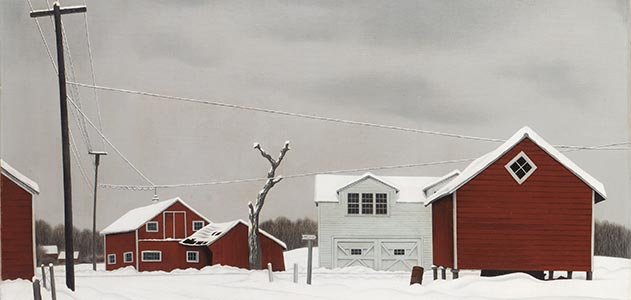
1944, Daylight at Russell’s Corners, Collection of Sam Simon. COMMENT: daytime another world.
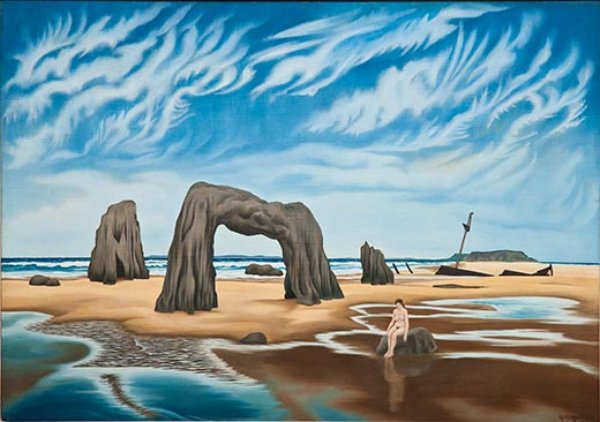
1944, Memories of the Coast of France, Oil on canvas.
COMMENT: wife Louise on the shore. He holidayed there as a boy, was distressed later by its exposure to WW2.
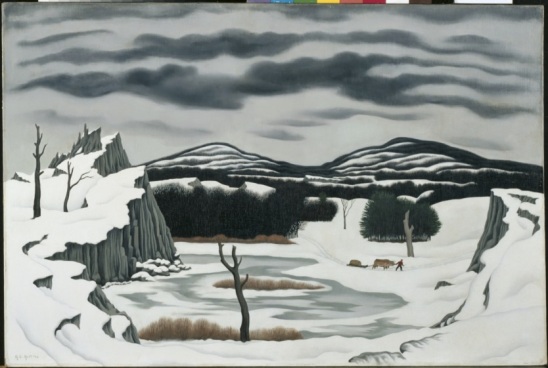
1946, Festus Yayple and his Oxen, oil on canvas, 61.6 x 91.4 cm Hinman B. Hurlbut Collection
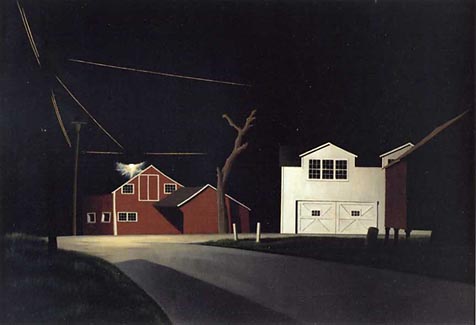
CROSSROADS 1943, Black Night at Russell’s Corners, Pennsylvania Academy of the Fine Arts, Philadelphia
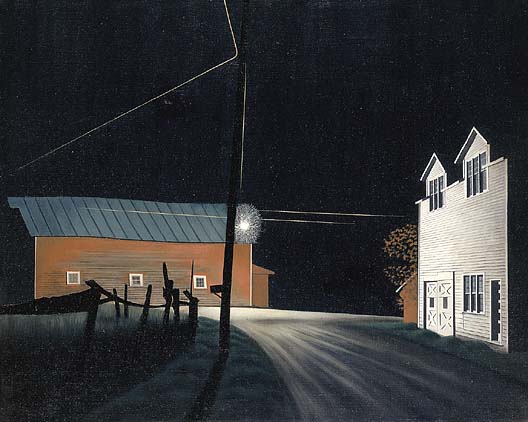
CROSSROADS 1946, Bright Light at Russell’s Corners, oil on canvas, 19 5/8 x 25 in., Smithsonian American Art Museum
Smithsonian: The painter, featured in the Smithsonian American Art Museum’s new exhibition [2011], is presented through his work as a channeler of the anxieties and uncertainties collectively forgotten about the country’s war years.
Louise chose a quotation from the German philosopher Friedrich Nietzsche to describe her husband: “Unless there be chaos within, no dancing star is born.”
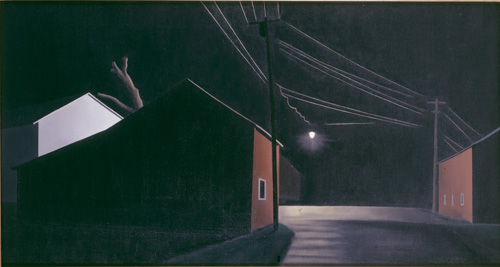
CROSSROADS 1946, Night at Russell’s Corners, Oil on canvas, Collection of C. K. Williams II
“Returning to paint the same set of buildings from different angles, Ault treated Russell’s Corners as though it were the special center of a personal universe. In this place of lucid calm amid the darkness, the telephone wires extend into the night like the scratches of a cat..” (Smithsonian)
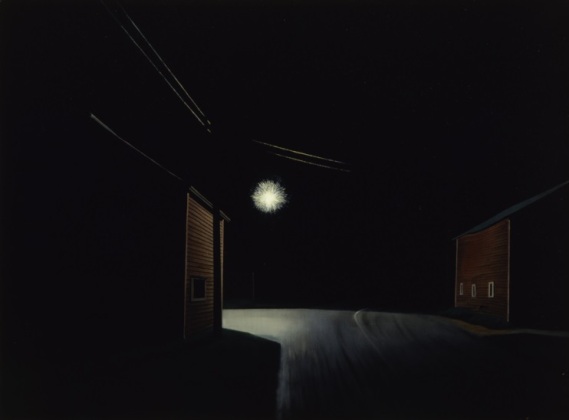
CROSSROADS 1948, August Night At Russell’s Corners, oil on canvas, 45.7 x 61.0 cm, Joslyn Art Museum.
